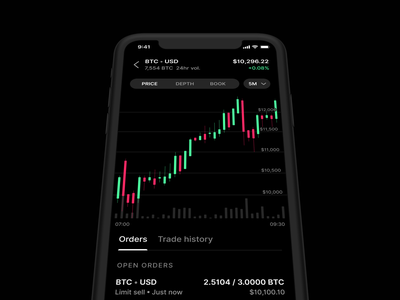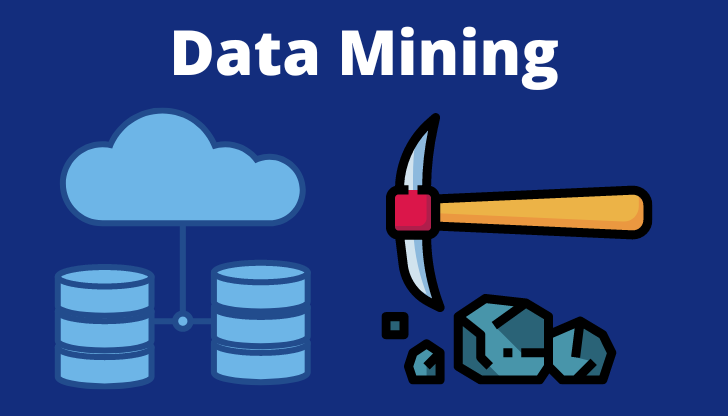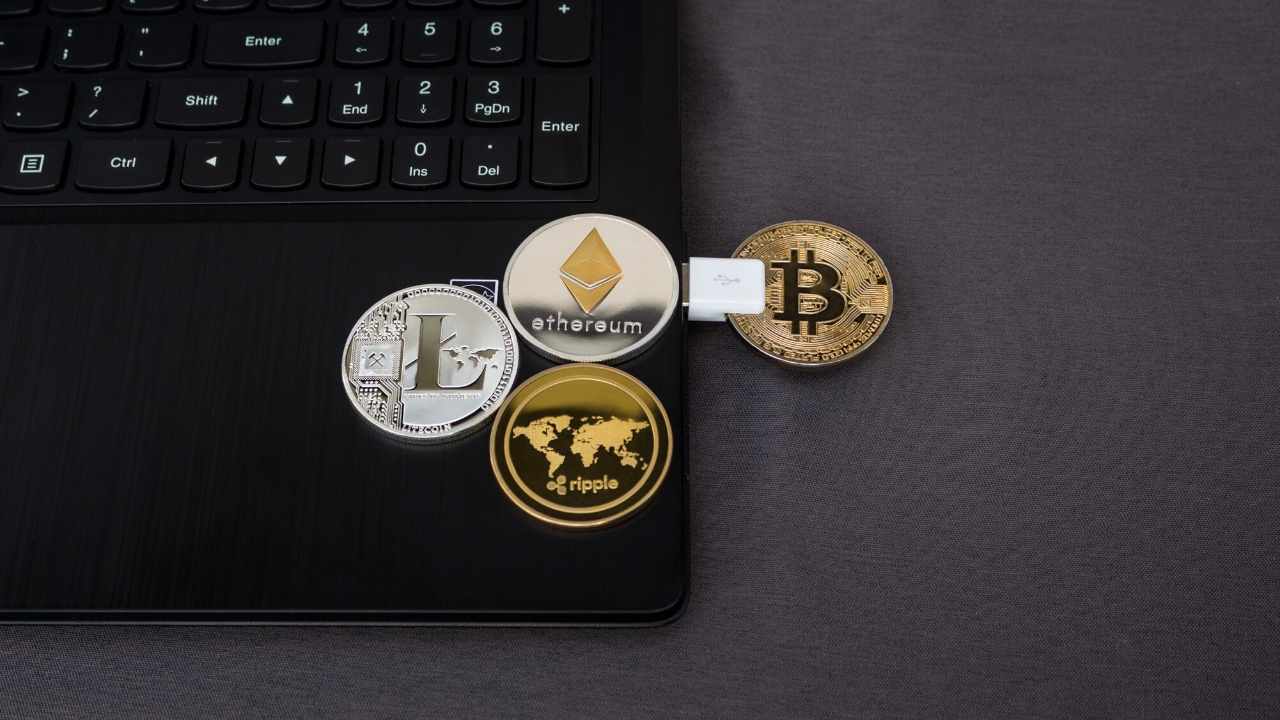
Investors often ask this question when considering the benefits of yield farm. There are several reasons to do so. One reason to do so is the possibility of yield farming generating significant profits. Early adopters are likely to get high token rewards which will increase in value. These token rewards allow them to reinvest the profit and make more money than they would otherwise. Yield farming, although a proven investment strategy, can yield significantly higher interest rates than traditional banks. However there are also risks. DeFi is more risky than traditional banks because interest rates can fluctuate.
Investing into yield farming
Yield Farming is an investment strategy that allows investors to earn token rewards for a portion their investments. The tokens are able to increase in value quickly and can either be resold at a profit or reinvested. Yield Farming may offer higher returns than conventional investments, but it comes with high risks, including the risk of Slippage. A percentage rate of annual growth is also not accurate in periods of extreme volatility.
You can check the Yield Farming project's performance on the DeFi PulSE website. This index tracks the total value cryptocurrencies held by DeFi lending platform. It also represents DeFi's total liquidity. Investors often use the TVL Index to analyze Yield Farming investments. You can find this index on the DEFI PULSE site. Investors are confident in this type project's future and the index has grown.
Yield farming refers to an investment strategy where liquidity is provided by decentralized platforms. Yield farming offers investors the opportunity to earn significant cryptocurrency by acquiring idle tokens. This strategy uses smart contracts and decentralized platforms that allow investors to automate financial deals between two parties. In return for investing in a yield farm, an investor can earn transaction fees, governance tokens, and interest from a lending platform.

Selecting the right platform
Although it might seem like an easy process, yield farming can be difficult. There are many risks involved in yield farming, including the possibility of losing collateral. DeFi protocols are often developed by small teams with low budgets. This makes it more difficult to find bugs in smart contracts. You can mitigate the risk from yield farming by selecting a suitable platform.
Yield farming, a DeFi application that allows digital assets to be borrowed and lent through smart contracts, is also known as DeFi. These platforms are decentralized financial institutions which offer trustless opportunities to crypto holders. They can lend their holdings out to others via smart contracts. Each DeFi application offers its own functionality and features. This difference will influence how yield farming is executed. In other words, each platform has different lending and borrowing rules.
Once you've chosen the right platform for you, you can reap the rewards. A liquidity pool is a key component of a successful yield farming strategy. This is a system of smart contracts that powers a marketplace. Users can borrow or exchange tokens on this platform to earn fees. Platforms reward users for lending their tokens. It's best to start yield farming with a small platform, which allows you to invest in more assets.
The identification of a metric that measures the health of a platform
To ensure the success of the industry, it is important to identify a metric to assess the health and performance of a yield farming platform. Yield farming is the process by which you can earn rewards from cryptocurrency holdings. This process is similar to staking. Yield farming platforms work with liquidity providers, who add funds to liquidity pools. Liquidity providers get a reward for providing liquidity. This is usually through platform fees.

Liquidity can be used as a measure to assess the health of yield farming platforms. Yield farming, a type of liquidity mining that operates using an automated market maker model, is a form. Yield farming platforms can offer tokens pegged to USD, or any other stablecoin. Rewarding liquidity providers is based on the amount of funds they provide as well as the protocol rules that govern their trading costs.
A key step to making an investment decision is to determine a measure that will be used to evaluate a yield farm platform. Yield farming platforms can be volatile and subject to market fluctuations. However, yield farming can mitigate these risks because it is a form staking. Users must stake cryptocurrencies in exchange for a fixed amount. Both lenders and borrowers are concerned about yield farming platforms.
FAQ
What is an ICO and why should I care?
An initial coin offerings (ICO), or initial public offering, is similar as an IPO. However it involves a startup more than a publicly-traded corporation. A token is a way for a startup to raise capital for its project. These tokens are ownership shares of the company. They are usually sold at a reduced price to give early investors the chance of making big profits.
Is it possible earn bitcoins free of charge?
The price fluctuates each day so it may be worthwhile to invest more at times when it is lower.
Why does Blockchain Technology Matter?
Blockchain technology is poised to revolutionize healthcare and banking. The blockchain is essentially a public ledger that records transactions across multiple computers. Satoshi Nagamoto created the blockchain in 2008 and published his white paper explaining it. Because it provides a secure method for recording data, both developers and entrepreneurs have been using the blockchain.
PayPal allows you to buy crypto
No, you cannot purchase crypto with PayPal or credit cards. You have many options for acquiring digital currencies.
How can you mine cryptocurrency?
Mining cryptocurrency is a similar process to mining gold. However, instead of finding precious metals miners discover digital coins. Mining is the act of solving complex mathematical equations by using computers. These equations can be solved using special software, which miners then sell to other users. This creates a new currency called "blockchain", which is used for recording transactions.
Will Bitcoin ever become mainstream?
It's already mainstream. Over half of Americans are already familiar with cryptocurrency.
Statistics
- “It could be 1% to 5%, it could be 10%,” he says. (forbes.com)
- Something that drops by 50% is not suitable for anything but speculation.” (forbes.com)
- This is on top of any fees that your crypto exchange or brokerage may charge; these can run up to 5% themselves, meaning you might lose 10% of your crypto purchase to fees. (forbes.com)
- For example, you may have to pay 5% of the transaction amount when you make a cash advance. (forbes.com)
- Ethereum estimates its energy usage will decrease by 99.95% once it closes “the final chapter of proof of work on Ethereum.” (forbes.com)
External Links
How To
How to start investing in Cryptocurrencies
Crypto currency is a digital asset that uses cryptography (specifically, encryption), to regulate its generation and transactions. It provides security and anonymity. Satoshi Nakamoto was the one who invented Bitcoin. Since then, many new cryptocurrencies have been brought to market.
Crypto currencies are most commonly used in bitcoin, ripple (ethereum), litecoin, litecoin, ripple (rogue) and monero. There are many factors that influence the success of cryptocurrency, such as its adoption rate (market capitalization), liquidity, transaction fees and speed of mining, volatility, ease, governance and governance.
There are many options for investing in cryptocurrency. One way is through exchanges like Coinbase, Kraken, Bittrex, etc., where you buy them directly from fiat money. You can also mine coins your self, individually or with others. You can also buy tokens through ICOs.
Coinbase, one of the biggest online cryptocurrency platforms, is available. It lets users store, buy, and trade cryptocurrencies like Bitcoin, Ethereum and Litecoin. Funding can be done via bank transfers, credit or debit cards.
Kraken is another popular cryptocurrency exchange. It offers trading against USD, EUR, GBP, CAD, JPY, AUD and BTC. Some traders prefer to trade against USD in order to avoid fluctuations due to fluctuation of foreign currency.
Bittrex is another popular platform for exchanging cryptocurrencies. It supports more than 200 cryptocurrencies and offers API access for all users.
Binance is a relatively newer exchange platform that launched in 2017. It claims to be one of the fastest-growing exchanges in the world. Currently, it has over $1 billion worth of traded volume per day.
Etherium is a decentralized blockchain network that runs smart contracts. It uses proof-of-work consensus mechanism to validate blocks and run applications.
In conclusion, cryptocurrencies do not have a central regulator. They are peer-to-peer networks that use decentralized consensus mechanisms to generate and verify transactions.